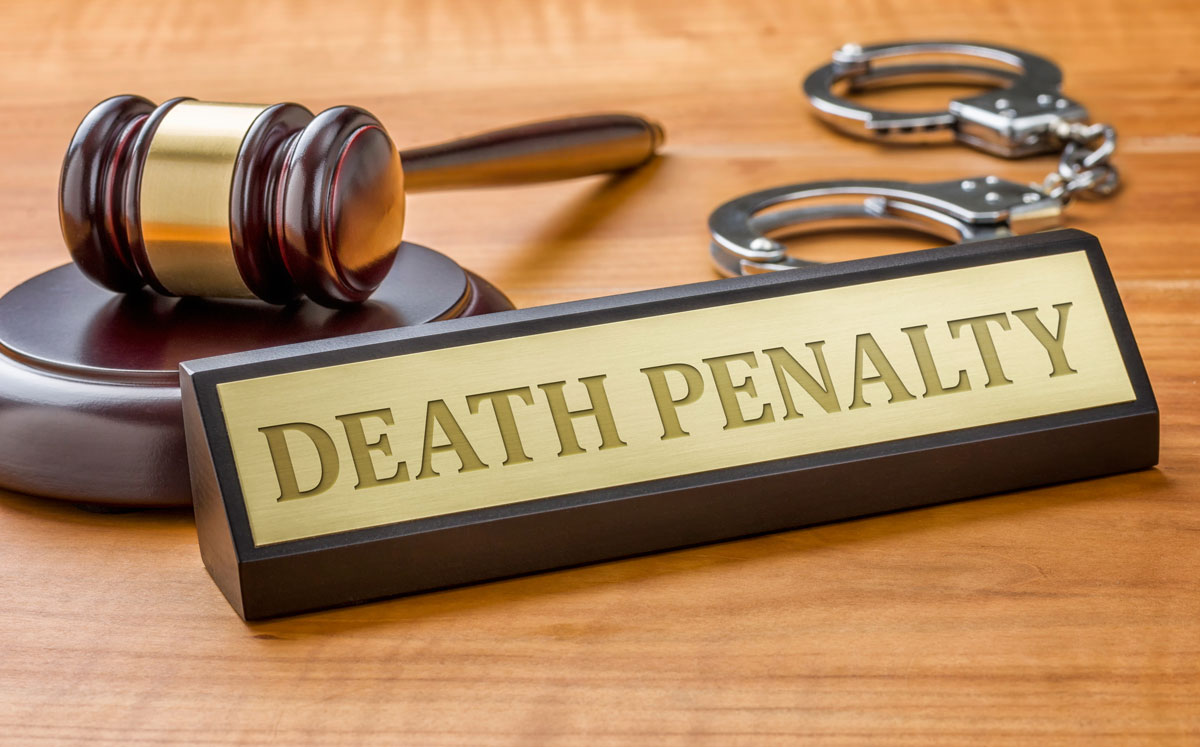The Deathy Penalty
The earliest recording of execution in the United States of America was in 1608. Captain George Kendall in the Jamestown Colony of Virginia was a spy for Spain. To pay for his treason, Kendall was executed by a firing squad. He was the first person to be executed by capital punishment. Around Kendall’s death, the littlest things such as stealing grapes, killing chickens, and trading with Indians could get you sentenced to death. Britain influenced the United States to use the death penalty. When the settlers first came, “they brought the practice of capital punishment”. Since the existence of the death penalty, many have been fighting to abolish it.
There have been a multitude of petitions and websites that make it their number one goal to abolish the death penalty. One organization, Amnesty International, has been campaigning to help abolish the death penalty. They started in 1979 and have continued to spread the word. One of the reasons many are fighting to abolish the death penalty is because it is a human right. This movement has begun getting more attention after the death of Brandon Bernard.
Brandon Bernard was an African American man who was convicted of a crime of robbery, kidnapping, and murder of Todd and Stacie Bagley (two counts of Capital murder). On the social media app, Tiktok, Bernard’s name became all the talk on the app as some creators were trying to spread the word about his conviction to save him. American Socialite Kim Kardashian tried to step in to save him as well, as she was able to save a few others from different sentences in the past, however, she was too late. Yes, Brandon did commit a crime, but, no evidence of him shows his murder of the Bagley’s. Brandon fell to his sentence and passed away on December 10, 2020.
As there is a good chance he was wrongfully convicted, he was one of the 17 death row inmates to be executed. George Junius Stinney Jr. was a 14-year-old African-American boy who was sentenced for the murder of two white children, Betty June Binnicker, and Mary Emma Thames. George Stinney was one of the youngest people to die under the death penalty. He was killed by electrocution and died in 1944.
In 2014, the case of George Stinney arose again as his death was ruled as an unfair trial. At the time of the murder in 1944, George was approached by the two girls, they asked where they could find flowers. Hours later, they didn’t return home. By morning their bodies were found in a ditch. George was immediately arrested as he claimed he was a bystander of the murder. His siblings still fought to clear his name, in 2014, the Judge claimed that George was ‘deprived of due processing’. The judge deduced, “I can think of no greater injustice.” George had a lack of representation in the 1940s, which is why he was never proven innocent.
Throughout history, many have thought that the death penalty is a harsh sentence and that it solves nothing and should therefore be banned. The United States of America has yet to abolish the death penalty. Countries like Canada have become fully abolitionist countries (since 1998). The United Kingdom has replaced the death penalty with imprisonment for life.
According to the Amnesty Organizations, “22 states in the U.S. and two-thirds of the countries in the world have abolished the death penalty.” According to Robert Blecker, a Professor of Law at New York Law School states that a proof of the death penalty is, “We have the responsibility to punish those who deserve it, but only to the degree they deserve it.” Another reason why many say that the death penalty is good is that it grants the victim’s families closure.
Overall, the death penalty is a very controversial topic in which people have different opinions on, whether to abolish it or to keep it. The justice system often fails to recognize their mistakes. Regardless of one's crime, issues could be easily solved with the abolishment of the death penalty. They could remain in bars for life, instead of taking their life.








